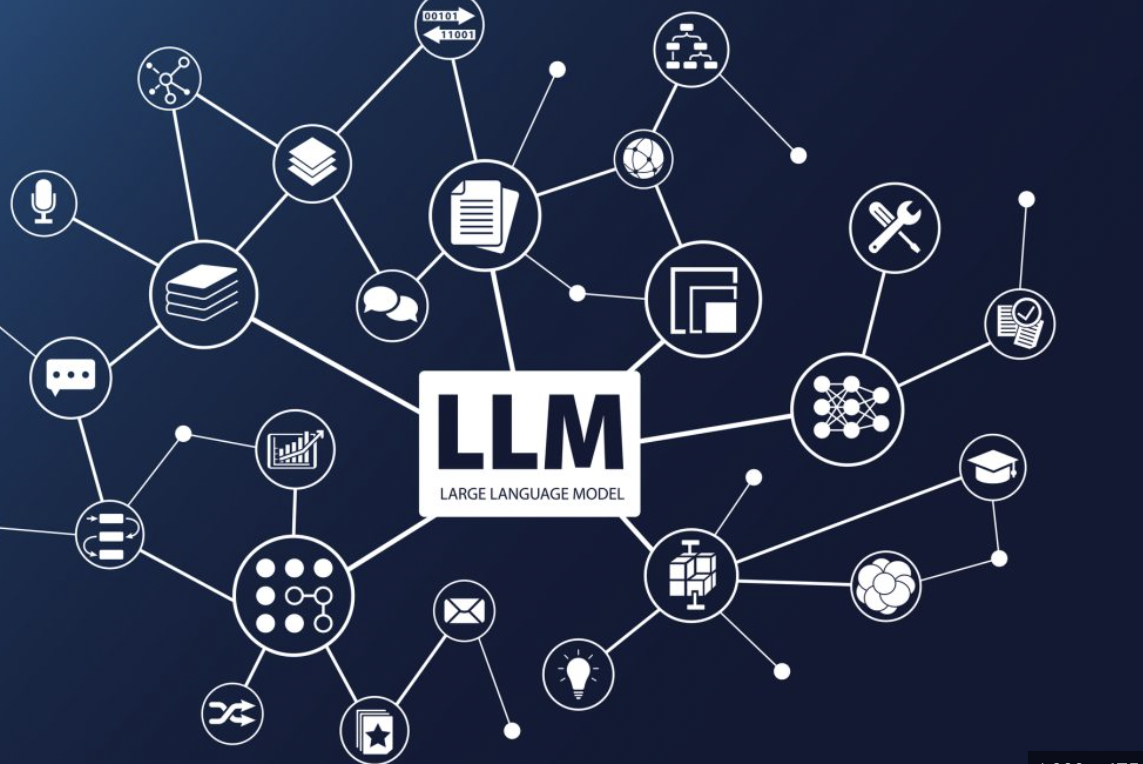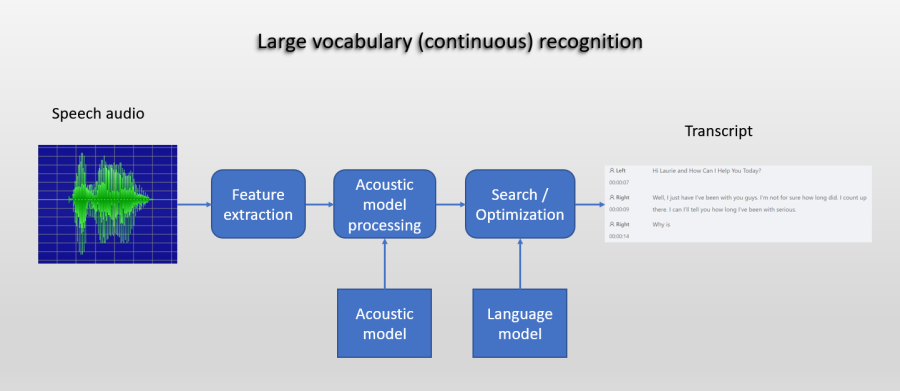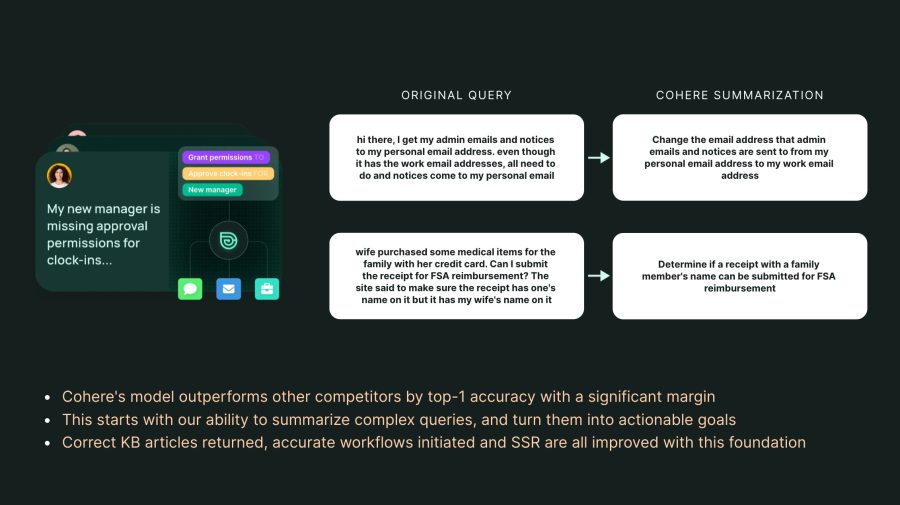
Large Language Models (LLMs) and AI have taken the world by storm because of the ability they have to have conversations and answer questions through chatbots. Many companies in various industries have since employed chatbots, especially OpenAI’s ChatGPT in their businesses to offer a variety of services.
LLMs and AI Are Much More Than Just Chatbots
Unknown to many, Artificial Intelligence (AI) and Large Language Models have more applications that could be more transformative than chatbots have been. Using their ability to understand human languages, LLMs will revolutionize how people interact with computers.
Humans communicating with applications using natural language is the most intuitive and effortless solution to bridge the gap between humans and machines, says OpenAI’s CEO, Sam Altman. Altman believes that tapping into LLMs’ capabilities will expand the market and make life easier for customers.
LLMs are advanced AI models that can understand human languages very well and use that understanding to take a certain action. This action varies based on what the developer requires of the model.
For instance, it can generate human-like text like ChatGPT does, or it can translate languages to thousands of other languages with high accuracy as is the case with Meta’s recent language model. They can also summarize large swaths of data.
We believe an open approach is the right one for the development of today's Al models.
Today, we’re releasing Llama 2, the next generation of Meta’s open source Large Language Model, available for free for research & commercial use.
Details ➡️ https://t.co/vz3yw6cujk pic.twitter.com/j2bDHqiuHL
— Meta AI (@MetaAI) July 18, 2023
With this understanding, one discovers that ChatGPT and all the other chatbots are just the tip of the iceberg as far as what LLMs can do is concerned. Discussed below are ways in which LLMs can transform the world.
LLM and AI in Language Translation
AI Models have long been used to translate text from one language to another. While they have worked well, these models have had difficulties with considering factors such as context and language structure when performing translations.
As a result, most AI models produce directly translated outputs that end up lacking meaning in the translated language.
On the other hand, LLMs are more powerful models with the ability to consider many other parameters before translating text. With a mechanism known as self-attention, LLMs can gather context from a corpus by finding relevant words from the text and using them to understand what the entire text is all about.
LLMs also have the ability to understand the structure of the various languages from the dataset. Therefore, when translating text, these models integrate the correct structure resulting in more meaningful results.
An application of LLMs in Language Translation is Google Translate which uses a Transformer model to convert over 100 languages into other languages.
Also, what are you going to say when Google Translate is as good as professional translators? With the use of LLM this will probably be possible in a few years as LLM is excellent at understanding context and understanding context is very important for doing good translations.
— andre campos (@andrecampos_ATC) March 10, 2023
Speech Recognition
LLMs and AI can be used to convert human speech into text output when used in conjunction with acoustic models. Acoustic models pick sound received from a microphone, analyze it and convert it into phonetics which are in text form.

However, these phonetics do not make sense on their own and they require to be bundled up appropriately to form complete words. This is where LLMs are applied to predict the correct word that a set of phonetics should form.
LLMs are powerful models for this task due to their ability to consider the context. They, therefore, not only generate a word, but they consider the rest of the text to ensure that the entire output is grammatically correct and logically sound.
OpenAI’s Whisper is a notable application of LLMs for speech recognition. Not only does it produce meaningful and accurate outputs, but it also has the unique ability to understand whispered speech or words spoken faster than usual.
Use of LLMs and AI in Summarization
The wealth of information on the internet is constantly increasing especially as computers assist in generating content. It is therefore becoming more necessary to summarize texts and extract only the most meaningful and relevant data from tracks of data.
LLMs and AI can be built with the ability to summarize content while still retaining meaning. Summarization can be performed in two ways, that is abstractive and extractive. Abstractive summarization is the variation in which new text is created to reflect the information found in longer content. In this case, the LLM curates and generates new but shorter text using the key points from the input.
On the other hand, extractive summarization involves extracting and condensing the relevant information that has been found. The output, therefore, entails the contracted information without new text.
Such models include Cohere Generate which can paraphrase content and reduce lengthy stretches of text into a few key ideas.

Search
Search conducted by LLMs is different from traditional search engines. Conventional search mechanisms rely on keyword-based algorithms to find material that is relevant to the user’s query.
Others use knowledge graphs or pagerank-style approaches. However, LLMs and AI models have proven to be more capable of performing more comprehensive searches and providing highly relevant results.
With their deeper understanding of language and techniques such as Neural Search, LLMs run more specific searches that often result in better outcomes. For this reason, search companies including Google have been working on incorporating LLMs into their search engines.
Clustering and Classification
Clustering is a concept that enables things with similar attributes to be grouped together. In the case of LLMs, this is the grouping together of documents with similar topics or content. This enables a user or company to organize their databases and makes retrieval easier.
Classification is similar to clustering but is differentiated through the training process. For classification cases, the categories are provided when training the LLM. With clustering, however, the LLMs are left to find relevant categories on their own based on how they understand the documents.
In both cases, LLMs can be used to for instance present users with content that relates most to what they are currently reading. It can also surface medical cases that share diagnoses, signs and symptoms, doctors, or whatever other characteristic relates to the various documents.
Several other applications of LLMs such as question answering, sentiment analysis, and paraphrasing rely on these capabilities producing varied results according to the user’s needs. These general abilities can be applied to various industries and use cases in a way that fits a business’s requirements. For instance, search capabilities can be applied to research while summarization can be used to read through legal documents.
Companies should therefore strive to tap into the various capabilities that LLMs and AI have and use them to transform their businesses.
Related Articles
- What is Artificial Intelligence? How Does AI Work?
- Introducing The Next Gen Tool in Detecting AI Writing Tools’ Output
- AI and AR Are Already Becoming Vital Tools For Beauty Companies – Ulta and Sephora Look to Cash In With New Tech
What's the Best Crypto to Buy Now?
- B2C Listed the Top Rated Cryptocurrencies for 2023
- Get Early Access to Presales & Private Sales
- KYC Verified & Audited, Public Teams
- Most Voted for Tokens on CoinSniper
- Upcoming Listings on Exchanges, NFT Drops